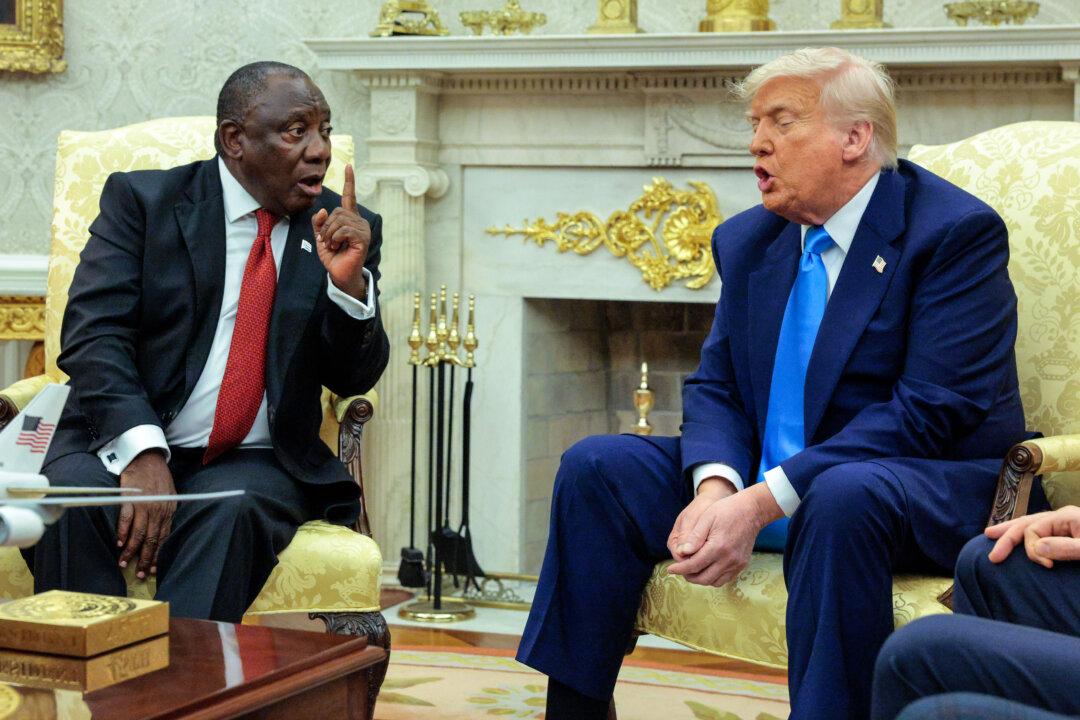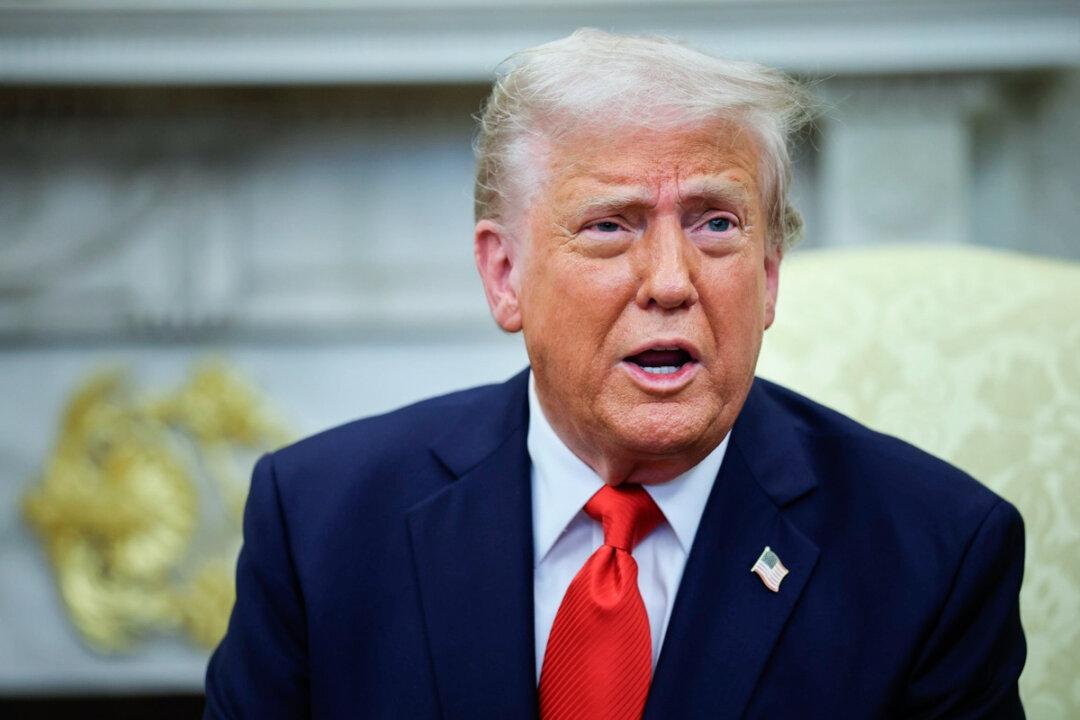The People’s Liberation Army’s (PLA) expansion in the western Pacific is aimed at ousting the United States armed forces from the region in the long term so that the Chinese Communist Party (CCP) can easily assert control and influence over neighboring regions, according to an Australian think tank.
The Lowy Institute, a Sydney-based think tank, has released a paper examining the build-up of PLA maritime and aerospace capabilities. It also found that Australia could no longer rely on sheer distance from Asia as a defense, and Australian authorities needed to prepare contingencies in case of conflict.





